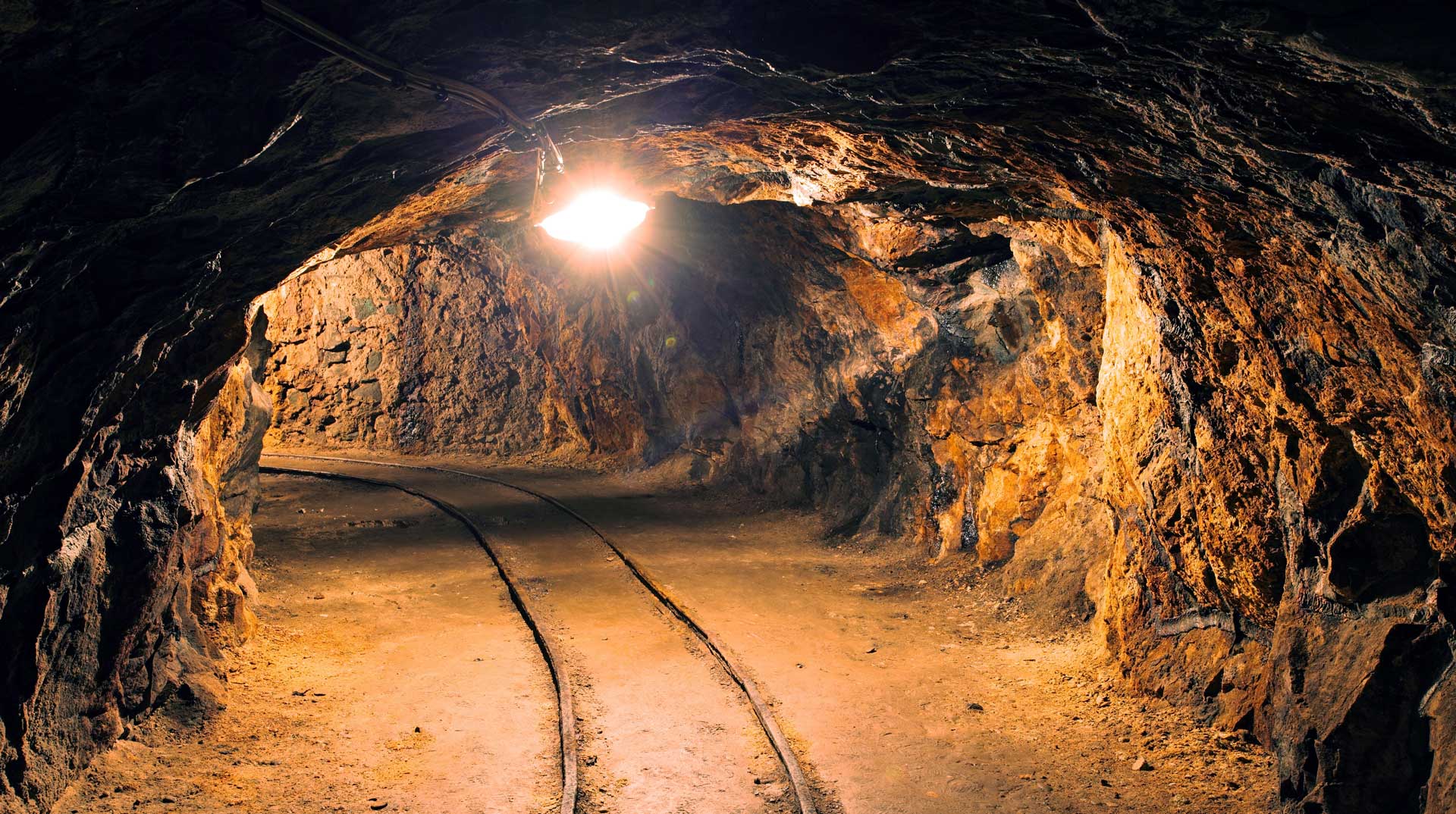Since the late 1700s, mining has been an established industry and job creator throughout the country. While mining creates job opportunities for many, it can be very dangerous and life-threatening work. Whether underground or surface mining, miners work in an environment that exposes them to hazards such as collapsing structures, falling debris, elevated heights, extended depths and heavy machinery.
Over the years, we have seen consistent reports of mining accidents and recovery efforts on the news. In response to these reports and the potential for serious danger, the mining industry remains heavily regulated.
The Occupational Safety and Health Administration (OSHA) is dedicated to workplaces that span a wide range. The mining industry is regulated explicitly by the Mine Safety and Health Administration (MSHA).
To reduce injuries, illnesses, and death, MSHA vigorously enforces education, training, and technical support to the mining industry. In June, a miner was killed after being pinned beneath the cab of a compactor he was operating when it overturned. MSHA stated that this was the thirteenth fatality this year. In response to the June accident, MSHA emphasized the importance of training minors to perform tasks safely and to recognize potential hazards.
Beasley Allen lawyers are in the early stages of investigating a death in July 2020 in a mine in North Georgia. Our firm and the Cooper Firm represent the family of the worker who lost his life on his third day of employment at this particular mine. Our victim was working underground using a truck outfitted with a boom lift and personnel basket and was accompanied by a more experienced miner to prepare the ceiling for blasting.
While the two men were maneuvering the basket to place the nitrate fuel into the drill holes in the ceiling, the machine malfunctioned and moved uncontrolled towards the ceiling. When the basket made contact with the ceiling, the hand railing of the basket crushed, pinning our victim between the front and rear railing.
The more experienced worker was situated at the bottom of the basket and avoided the crushing forces. The hydraulic pump motor continued to operate, trapping them for approximately one hour. Unfortunately, by the time they were seen and lowered to the ground, our victim had died due to positional asphyxia.
Later that year, MSHA conducted and completed its investigation and issued its final report three months after the incident. MSHA found that the mine operator/employer allowed an untrained miner to work underground, failed to properly train miners after modifying equipment, and failed to ensure all safety devices were functioning on relevant machinery. While the mine operator/employer’s conduct contributed to the incident and death, Georgia’s Workers Compensation laws preclude a lawsuit against employers.
The circumstances of this incident also implicate the designer and manufacturer of the equipment the workers were using. Our investigation revealed that the truck was defective and unreasonably dangerous. Had the truck been properly designed and manufactured, the basket would not have crushed and killed the worker.
Kendall Dunson and Lance Cooper are handling this case for the worker’s family. They have obtained the services of experts with knowledge and experience with this product design. Suit was filed against those defendants responsible for the inadequate design of this equipment. We will keep you up to date with the progress of this litigation as it moves forward. But if you have any questions, contact Kendall Dunson.






